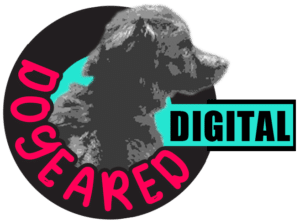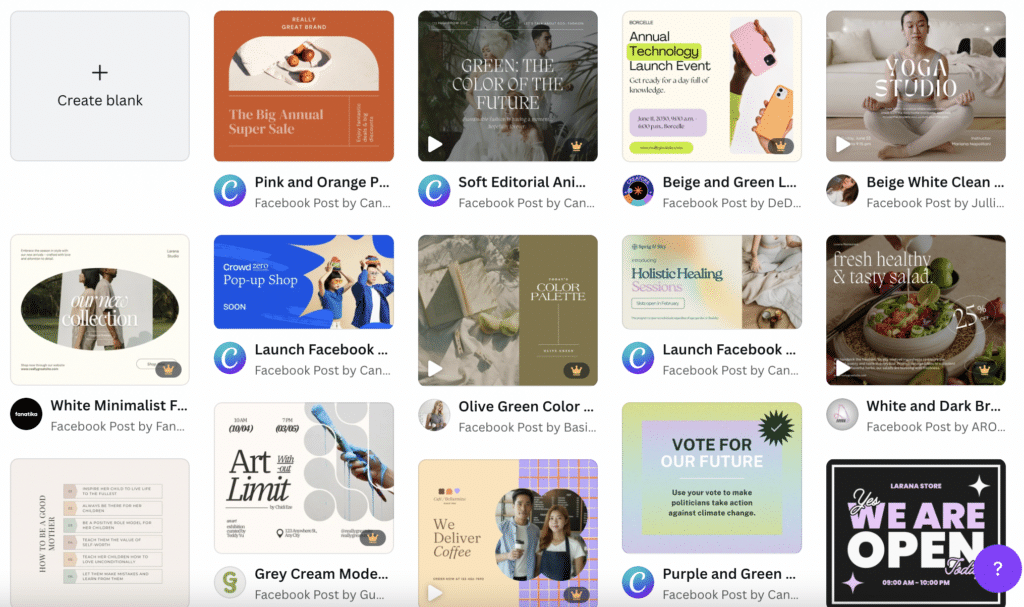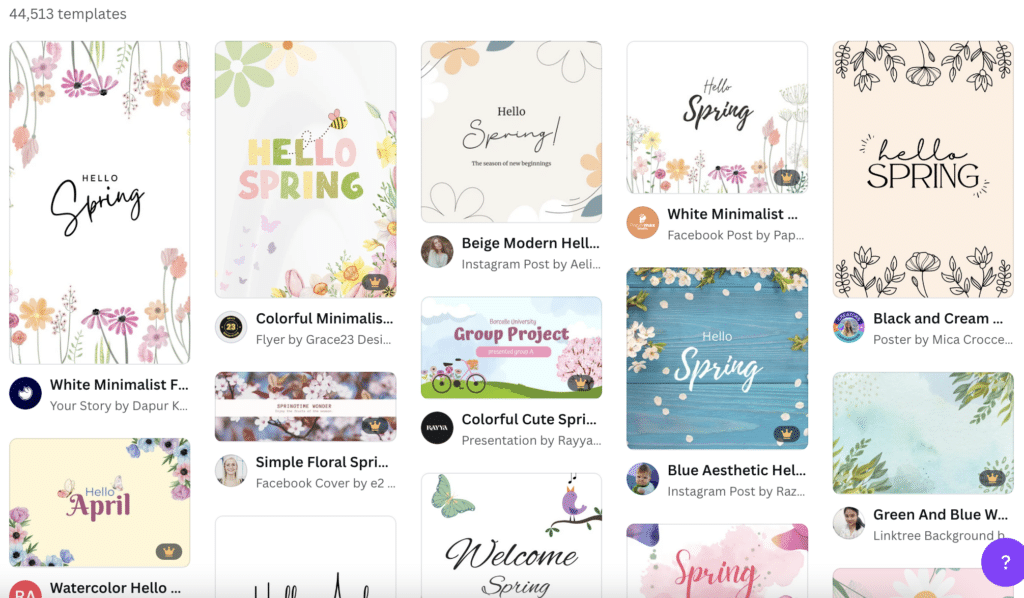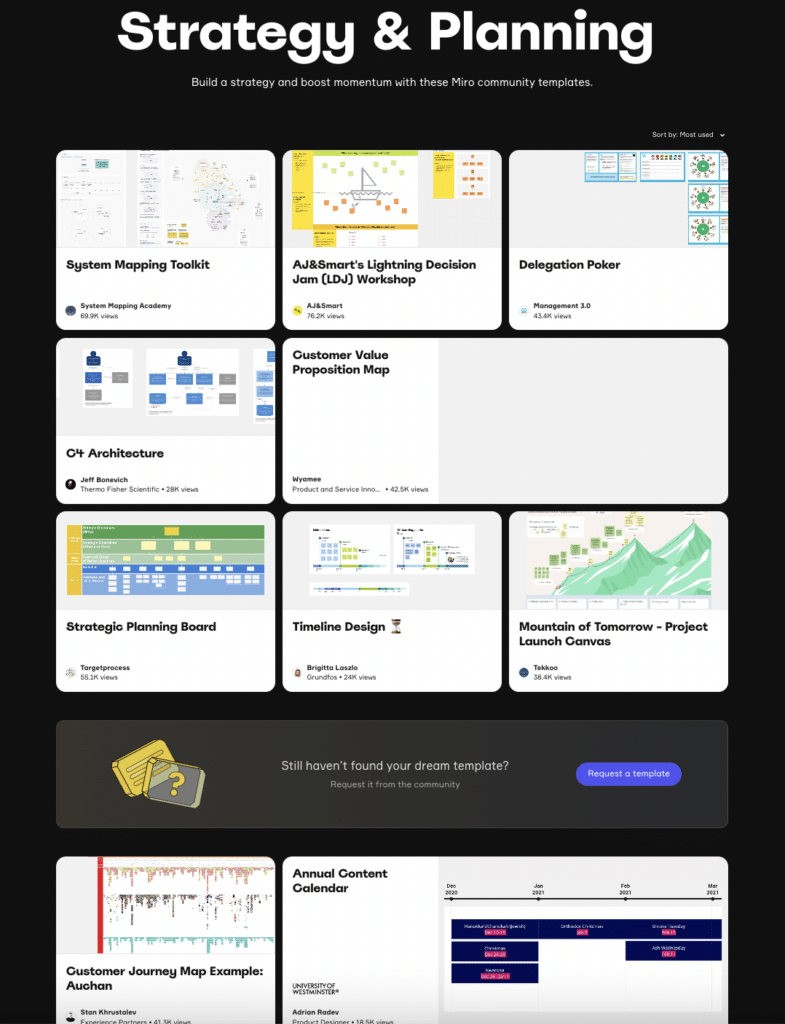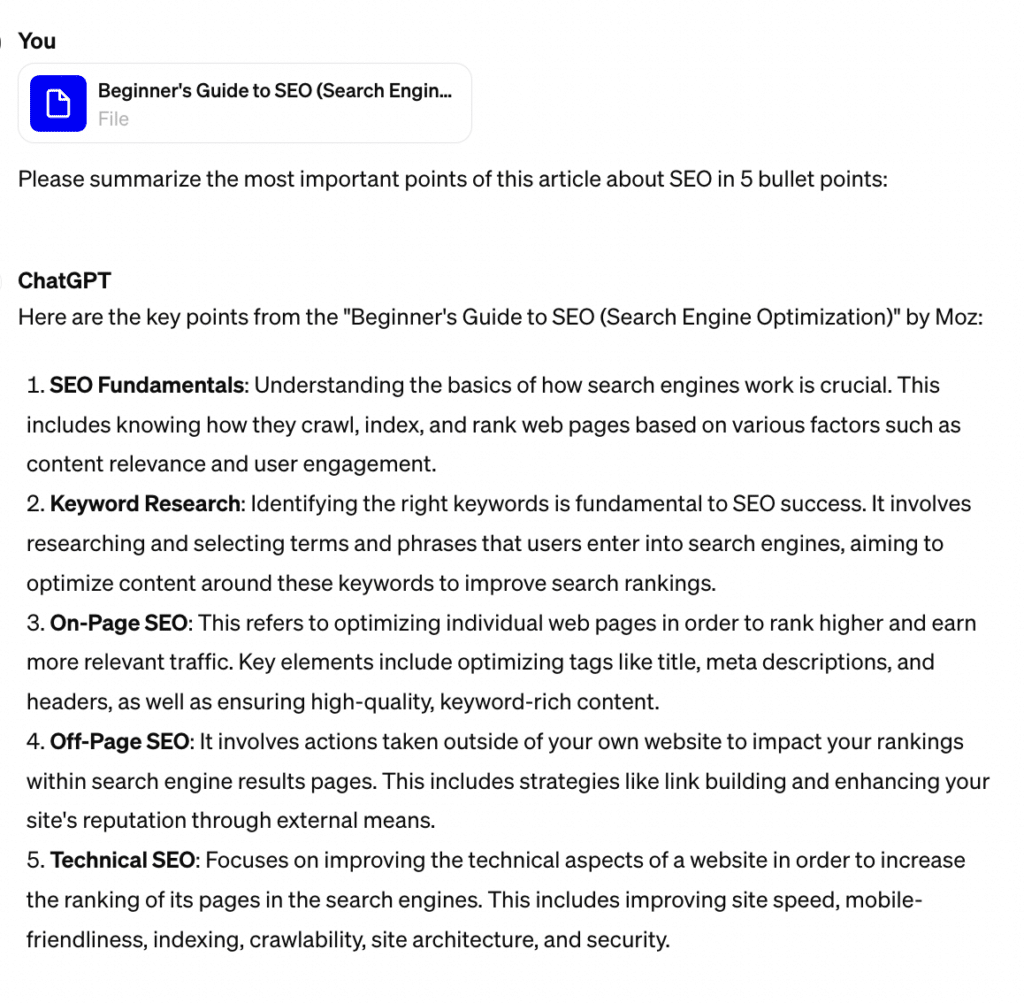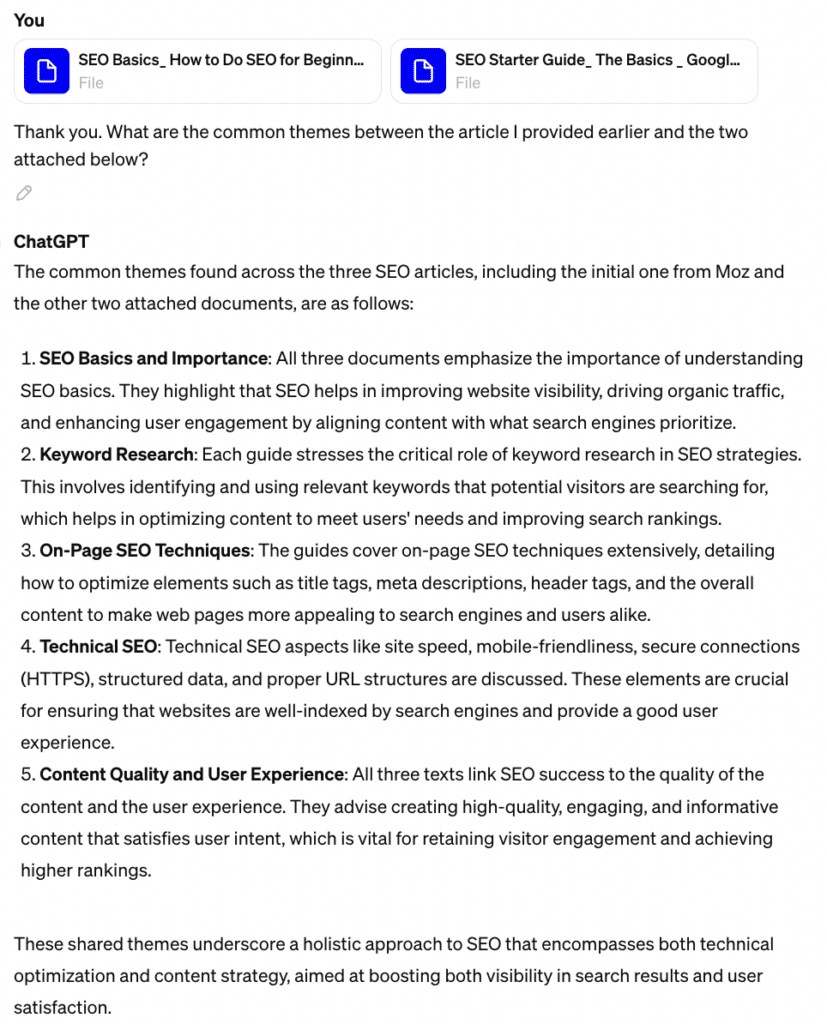With round-the-clock demand for fresh, inventive content, marketers are left living life in the fast lane. Luckily for us, we live in a world where there are new tools popping up every day that make content marketing easier, more efficient, and sometimes more fun.
You’re more than likely already using some of these tools, whether it be for design, writing, analytics, or something in between. You may even use them every day, and giving them prime real estate in your bookmark bar.
But even if these tools are staples in your workflow, are you really using them to their full potential? Are you leveraging them in creative ways that can take your content marketing efforts to new heights?
In this post, we’ll dive deep into five free content marketing tools that you might be underutilizing. We’ll explore some innovative strategies for using these tools that can help you streamline your processes, spark new ideas, and create content that truly resonates with your target audience.
Canva: Beyond just pretty pictures
Canva has revolutionized the way marketers create visual content. Its user-friendly interface and extensive library of templates make it easy for anyone to design stunning graphics, even without prior graphic design experience. However, Canva’s potential goes far beyond simply piecing together a good-looking picture.
Keeping your finger on the pulse of the latest design trends is crucial for any visual campaign. Is the season driving design trends more towards neutral tones or bright colors? Traditional script or bold, blocky fonts? Luckily, Canva makes this easy with their handy list of templates. By regularly reviewing the platform’s updated templates for everything from Instagram reels to presentations to bumper stickers, you can gain insight into what styles and elements are currently popular across every type of digital and print format. Keeping up with the trends not only inspires you when you hit a design rut, but it will also keep your content feeling fresh and modern so your audience stays engaged.
Beyond just keeping up with the hottest looks in graphic design, you can also use Canva to remind yourself of upcoming events and holidays. When something is coming up, the popular templates at the top of the list will reflect what’s gaining traction, whether it be a major holiday or changing seasons. By putting these templates front and center, Canva reminds you to plan your content calendar and create timely, relevant content. Sadly, it can’t yet remind you to wish your coworker a happy birthday, so that’s still on you.
Miro: A treasure trove of strategic frameworks
Miro is any vision board enthusiast’s digital dream. This versatile online whiteboarding tool allows teams to collaborate and brainstorm in real-time, offering a wide range of elements for everything from mind mapping to retrospectives. While it’s commonly used for project planning and ideation, Miro can also be a valuable resource for content marketers looking to enhance their strategic planning.
Take some time to explore Miro’s extensive library of templates and examples, where you’ll find pre-built frameworks and diagrams. But instead of just browsing to find the right layout and structure, take a closer look at what the templates actually say. While their examples likely won’t apply directly to your business, they can be a great jumping off point as you strategize your business plan. From there, you can easily customize them to fit your specific needs and goals.
Using Miro’s templates as a starting point can save you a ton of time and brainpower. Instead of staring at a blank whiteboard and trying to come up with a business strategy from scratch, you can leverage these proven structures to guide your thinking and keep you focused. Plus, their easy collaboration keeps the whole team aligned.
ChatGPT: Your AI-powered information synthesizer
ChatGPT has taken the content marketing world by storm, adding unparalleled efficiency to everything from research to planning to content creation. While many marketers use ChatGPT to drum up ideas and help out with draft writing, one of its most useful powers lies in its ability to synthesize and analyze large sets of information.
To unlock this oft-underutilized feature, start by copying and pasting (or simply importing) webpages, PDFs, and other sources into ChatGPT (or your AI chatbot of choice). Then, prompt it to extract key learnings, summarize the main points, or answer specific questions related to the content. ChatGPT’s advanced natural language processing capabilities enable it to quickly identify and articulate the most important information, saving you tons of time by weeding out filler words.
On top of this, you can use ChatGPT to map the commonalities and connections between different sets of information. By feeding it content from multiple sources and asking it to identify themes or patterns, you can gain valuable insights that might otherwise get lost in the noise.
Otter.ai: Ditch timely video rewatching
Since the Covid-fueled, meteoric rise of video meetings, we’ve seen the emergence of softwares that have eradicated the need to take minutes manually, saving you from hours of tedious work. Otter.ai is one such software, offering transcription and note-taking tools so you can have your meeting in writing the second the call ends. While its primary function is to convert speech to text, you can get creative and make this information even easier to analyze.
Simply download the subtitles or VTT file from your meeting, and upload or copy-paste the file into ChatGPT or any other AI software. From there, you can prompt it to summarize the main points, extract key learnings, or answer specific questions related to the video content.
But this trick doesn’t just apply to meeting recordings. You can use this technique to quickly grab the key points of any video, like webinars, interviews, or educational Youtube videos, without having to watch them in their entirety. You can easily download the transcript from most Youtube videos, and then feed the file into ChatGPT, just as you would with the meeting transcripts. By using AI tools to analyze videos, you can save time and effort sifting out small talk while identifying the most important takeaways.
Audience builders for ad platforms: your market research ally
Any marketer with experience running ad campaigns is bound to be familiar with audience builders for ad platforms like Facebook, LinkedIn and Google. But while these platforms are built to help you with your ads, with a bit of creativity you can also use them to conduct valuable market research and get to know your target audience better.
To do this, start by building your target audience as if you were launching an ad campaign. Use the platform’s targeting options to define demographics, interests, behaviors, and other relevant criteria. Once your audience is built, take a closer look at the estimated audience size and composition.
This data gives you valuable insights into your total addressable market (TAM), like your audience’s age range, gender breakdown, geographic distribution, and more. This information can help you tweak your content strategy so you can maximize engagement with your target audience.
On top of that, you can take a look at the interests and behaviors of your target audience so that you can identify topics and themes that are likely to resonate with them.
As every marketer knows, understanding your audience is one of the golden rules of a successful content strategy. And with some of the most useful tools to do this already secured in your belt, market research will be easier than ever.
Think outside the toolbox
You’re already sitting on a goldmine of resources that can take your content marketing to the next level – you just have to get a little creative with how you use them. By thinking outside the box and exploring new ways to leverage familiar tools, you can streamline your processes, spark fresh ideas, and create content that your audience will love.
So go ahead, dive into those template libraries, feed that long video into ChatGPT, and start building audiences just for fun. Embrace your inner mad scientist and experiment with the tools you already use, because the best ideas often come from the most unexpected places.
